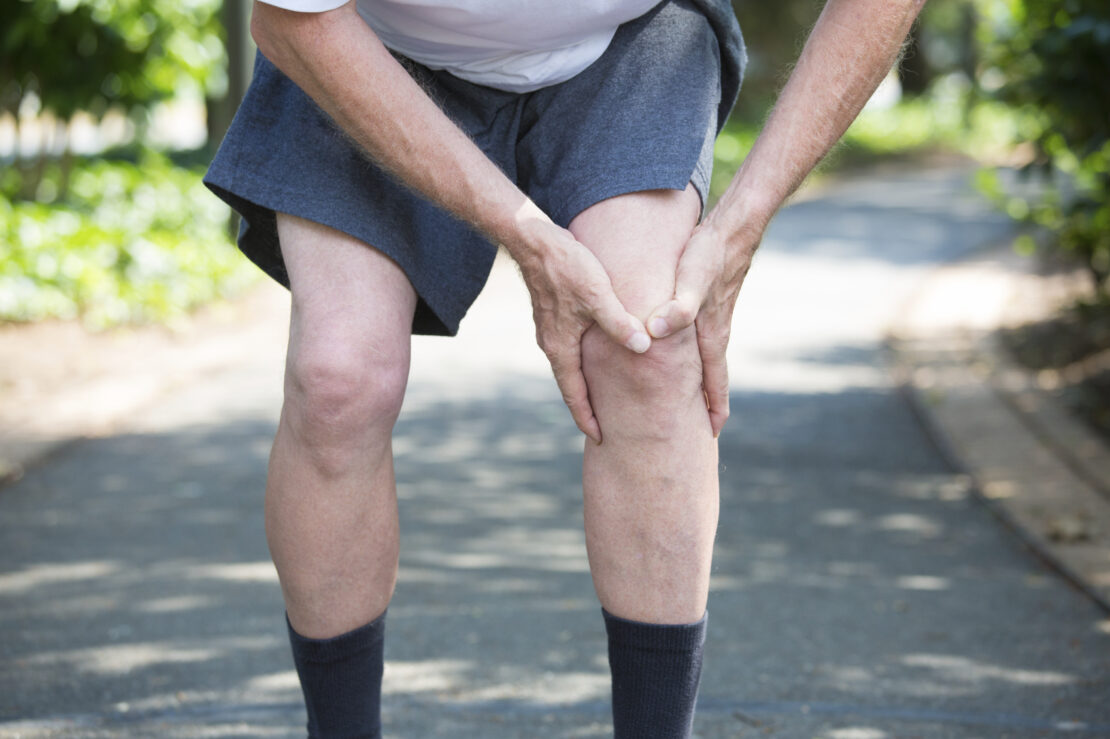Each year doctors perform a procedure on tens of thousands of seniors that is supposed to make them able to walk better and live without pain.
But study after study shows it’s a sham. There’s overwhelming evidence it doesn’t work at all. It’s no better than a placebo.
A major review concludes that despite the damning findings, surgeons continue to reap billions in revenues by performing meniscectomies on unsuspecting patients. It’s an operation that removes damaged cartilage from the knee.
The review was published in the prestigious Journal of the American Medical Association. It reveals that some 12,000 surgeons perform more than 100,000 of these procedures on Medicare patients annually.[1]
Dr. Martin Makary was one of the authors of the review. He’s a surgery professor at Johns Hopkins School of Medicine in Baltimore.
“This study shows that it remains extremely common in older patients,” he said.
The Evidence Says No, But Doctors Keep Saying Yes
One study after the other has found that meniscectomies work no better than a placebo. And they are less effective than exercise therapy.[2] [3] [4] [5]
Researchers have compared results in patients who had the procedures with those who got “sham surgeries” (placebo surgeries) or exercise therapy. The results were essentially the same, with exercise therapy showing the most positive effects.
So why do surgeons keep performing it?
Dr. Jonas Bloch Thorlund is a sports medicine researcher at the University of Southern Denmark. “Despite the evidence, there is still a very strong belief by many surgeons that surgery works,” he said. “Indeed, many patients do get better. However, this is more likely due to placebo effect.”[6]
Of course, surgeons have a strong economic incentive to believe that surgery works. Meniscectomies bring in about $4 billion a year.[7]
If you have knee pain and are diagnosed with torn cartilage, don’t let a surgeon talk you into a meniscectomy. There are better ways to get relief:
- Physical Therapy
A physical therapist can help you more than a surgeon can. Three types of exercises have been found to help patients with a torn meniscus.[8]
- Straight leg raises: Lie on your back. Keeping your knee straight, slowly raise your injured leg to a 45-degree angle. Do 10 repetitions. Do three sets a day.
- Knee bend: Sit upright in a chair with your feet flat on the floor. Cross your legs at the ankle. Bend your knees are far as you can, moving your feet underneath the chair. Hold for three seconds. Straighten your legs and repeat 10 times. Do one set a day.
- One-leg stand. Stand upright. Bend your non-injured knee and raise it off the floor so you are standing only on your injured knee. Stand on one leg for as long you can. You may need to use a wall or furniture for support at first. Do this exercise as often as possible.
- An Anti-Inflammatory Diet
Reduce inflammation and you reduce pain. Some of the best foods for fighting inflammation are:[9]
- Tomatoes
- Olive oil
- Green leafy vegetables, like spinach, kale and collards
- Nuts like almonds and walnuts
- Fatty fish such as salmon, mackerel, tuna and sardines
- Fruits such as strawberries, blueberries, cherries and oranges.
- Two Supplements
Curcumin is the active ingredient in turmeric, the Indian spice that gives curry dishes their yellow color. It is a powerful weapon against inflammation. Take a 500 mg curcumin supplement three times a day.
Moringa oleifera, also known as the drumstick or horseradish tree. It’s one of the world’s most effective anti-inflammatory substances. Researchers found the extract is more effective than Indocin (indomethacin), a popular prescription drug used to treat arthritis pain and inflammation.[10]
Moringa supplements, powders, and teas are sold online and in health food stores. Most human studies have used 500mg10 of the leaf extract.[11]
One more thing…
We previously told you about a new solution to knee pain. It’s known as CRFA. Its official name is cooled radiofrequency ablation.
It uses radiofrequency energy to interrupt pain transmission from the genicular nerve of the knee. Studies show it’s superior to steroid shots at relieving pain and improving knee function.
And it’s far less invasive than meniscectomy surgery.
CRFA is available at major pain and orthopedic clinics around the country. You can find a directory of doctors who offer it here.
Editor’s Note: Can CBD or medical marijuana relieve your pain? You won’t get straight answers from the mainstream media… Read Independent Healing to learn which conditions cannabis-based remedies can effectively treat, and which ones they can’t.
Related Articles
The Pandemic Makes Chronic Pain Worse…Here’s Help
This Common Back Pain Treatment Is Worse Than Worthless
This Supplement Works as Well as Drugs to Stop Knee Pain
References:
[1] https://jamanetwork.com/journals/jamasurgery/fullarticle/2673383
[2] http://www.bmj.com/content/354/bmj.i3740
[3] https://www.ncbi.nlm.nih.gov/pubmed/26497982
[4] https://www.ncbi.nlm.nih.gov/pubmed/27432053
[5] http://www.mdalert.com/article/surgery-for-torn-meniscus-in-the-knee-is-often-unnecessary-ineffective-misdirected
[6] https://www.reuters.com/article/us-health-elderly-knee-surgery/common-knee-surgery-doesnt-help-older-adults-idUSKCN1GL2TK
[7] https://www.propublica.org/article/when-evidence-says-no-but-doctors-say-yes
[8] https://www.alwaysfysio.nl/en/meniscus-tear-treatment/
[9] https://www.health.harvard.edu/staying-healthy/foods-that-fight-inflammation
[10] https://examine.com/supplements/moringa-oleifera/
[11] https://www.naturalnews.com/043310_Moringa_oleifera_anti-inflammatory_herbal_medicine.html

